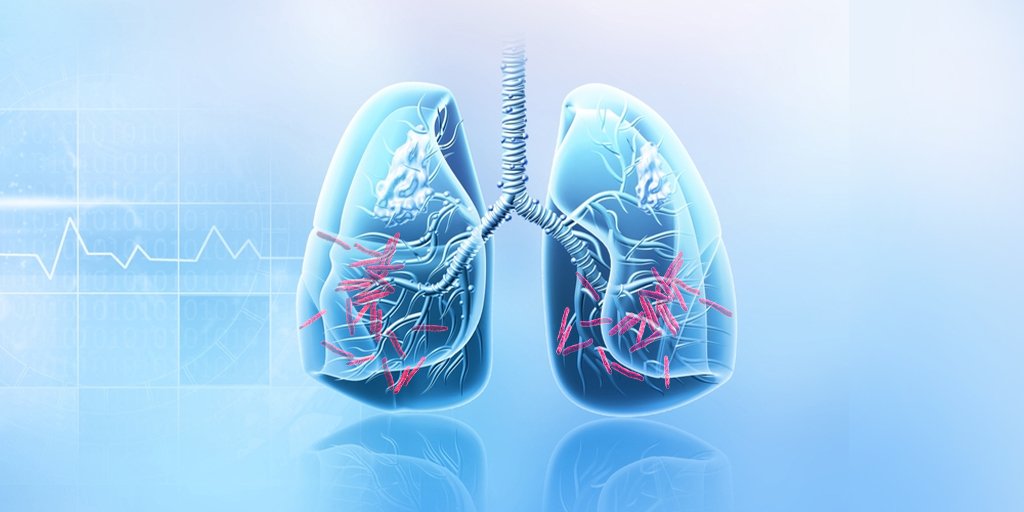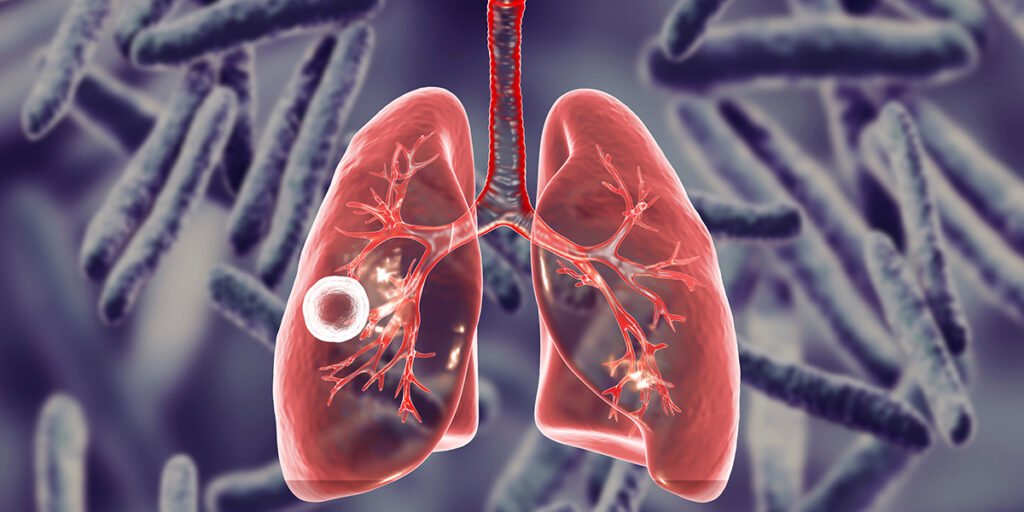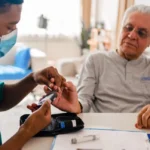Understanding COPD in Younger Adults
Chronic obstructive pulmonary disease (COPD) is a progressive lung condition that makes breathing difficult. While commonly associated with older adults, COPD can also develop in younger adults, affecting those under the age of 50. Recognizing COPD in younger adults is critical for early diagnosis and effective management, as early onset may increase the risk of hospitalizations and premature mortality.
What is COPD?
COPD is an umbrella term for lung diseases characterized by airflow obstruction and chronic respiratory symptoms. The two primary types are:
- Emphysema: Damage to the air sacs (alveoli) reduces oxygen exchange.
- Chronic Bronchitis: Long-term inflammation of the airways, causing persistent cough and mucus production.
Although COPD is chronic and progressive, treatments and lifestyle changes can improve quality of life and reduce exacerbations.

Risk Factors for COPD in Younger Adults
- Smoking: Active or past smoking remains the most significant risk factor.
- Secondhand smoke exposure: Prolonged exposure can increase risk.
- Environmental pollutants: Air pollution, workplace dust, and chemical fumes contribute.
- Genetics: Family history of COPD or alpha-1 antitrypsin deficiency.
- History of asthma: Early-life respiratory conditions may predispose individuals.
Early recognition of these risk factors can aid in prevention and management of COPD in younger adults.
Prevalence of Early-Onset COPD
Although COPD is typically associated with older age groups, emerging evidence shows that a notable percentage of younger adults are affected. Research indicates that approximately 4% to 5% of adults under the age of 50 meet diagnostic criteria for COPD, making young COPD a condition that warrants attention. The prevalence is slightly higher in populations with a history of smoking or exposure to environmental pollutants, but it is important to recognize that non-smokers can also develop COPD. This highlights the multifactorial nature of the disease, which includes genetic susceptibility, occupational hazards, and prior respiratory illnesses.
Prevalence and Statistics
Studies indicate that approximately 4–5% of adults under 50 may have early-onset COPD. Younger adults with COPD often experience increased hospitalizations and are at higher risk of premature death compared to peers without the disease. Understanding prevalence helps raise awareness and motivates early interventions.
Symptoms of COPD in Younger Adults
Common signs include:
- Shortness of breath, especially during physical activity
- Chronic cough with mucus production
- Wheezing or chest tightness
- Fatigue
- Frequent respiratory infections
Since symptoms may be subtle in early stages, early diagnosis is often delayed.
Diagnosis of COPD in Younger
- Spirometry: Measures airflow and lung function to detect obstruction.
- Imaging Tests: Chest X-rays or CT scans may show structural lung changes.
- Medical History & Physical Exam: Evaluation of symptoms, smoking history, and family history.
Accurate diagnosis is essential to implement treatment plans that can slow progression.
Definition of COPD in Younger Adults
Chronic obstructive pulmonary disease, commonly known as COPD, is a progressive lung condition that makes breathing increasingly difficult over time. While COPD is often associated with older adults, research shows that young COPD, or COPD diagnosed in adults under 50, is a growing health concern. This condition encompasses a group of lung diseases, primarily emphysema and chronic bronchitis, that result in airflow obstruction and compromised lung function. Emphysema damages the air sacs in the lungs, reducing their ability to exchange oxygen effectively, while chronic bronchitis is characterized by long-term inflammation, airway narrowing, and excessive mucus production. Young adults with COPD face unique challenges because the disease occurs during what would normally be the most productive and physically active years of life, increasing the risk of hospitalization, severe respiratory complications, and early mortality.https://www.cdc.gov/cdi/indicator-definitions/chronic-obstructive-pulmonary-disease.html?utm_source=chatgpt.com
The Importance of Early Detection
Early detection of COPD in younger allows for:
- Reduced progression of lung damage
- Lower risk of hospitalization
- Better management of comorbidities (heart disease, diabetes)
- Improved quality of life
Treatment and Management Strategies
Effective management involves a combination of lifestyle changes, medications, and rehabilitation programs.
Lifestyle Changes
- Quit smoking immediately and avoid secondhand smoke
- Exercise regularly to strengthen respiratory muscles
- Reduce exposure to air pollution and occupational hazards
- Maintain a healthy diet to support overall lung and immune health
Medications
- Bronchodilators: Relax airway muscles for easier breathing
- Anti-inflammatory drugs: Reduce airway inflammation
- Combination therapies: Often used for moderate to severe cases

Pulmonary Rehabilitation
Structured exercise, education, and support programs improve breathing efficiency and endurance.
Vaccinations and Infection Prevention
Vaccines help prevent respiratory infections that can worsen COPD, including:
- Influenza
- Pneumococcal pneumonia
- Covid-19
- RSV (Respiratory syncytial virus)
Preventing COPD in Younger Adults
- Avoid smoking and exposure to pollutants
- Wear protective gear in hazardous work environments
- Maintain lung health with regular exercise and breathing exercises
- Early screening for individuals with family history or prior respiratory issues
Complications of COPD in Younger Adults
- Increased risk of respiratory infections
- Early onset of cardiovascular diseases
- Reduced exercise tolerance and quality of life
- Higher mortality risk if untreated
Living with COPD in Younger
- Ongoing monitoring with healthcare providers
- Lifestyle adjustments to maintain independence and health
- Psychological support for anxiety or depression associated with chronic illness
- Community and online support groups
Future Research and Awareness
- Studies continue to explore COPD in younger
- Focus on genetics, environmental exposure, and early intervention
- Public health campaigns can help reduce risk factors and improve outcomes




